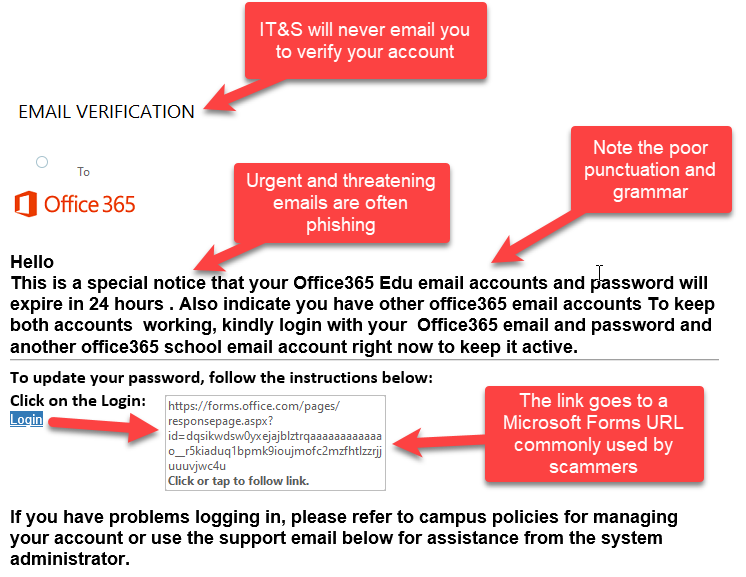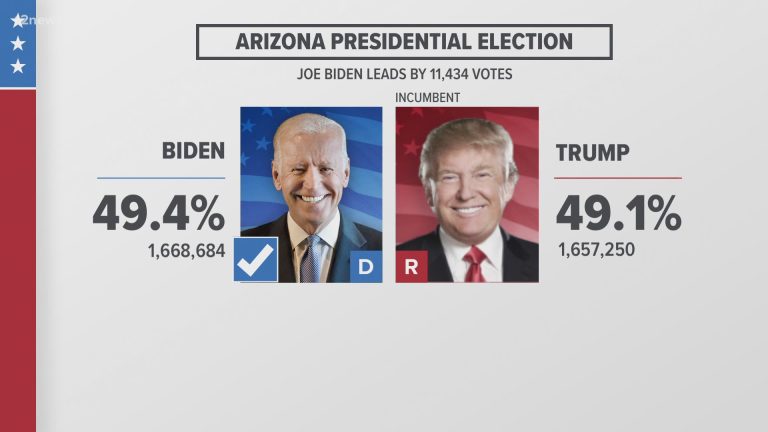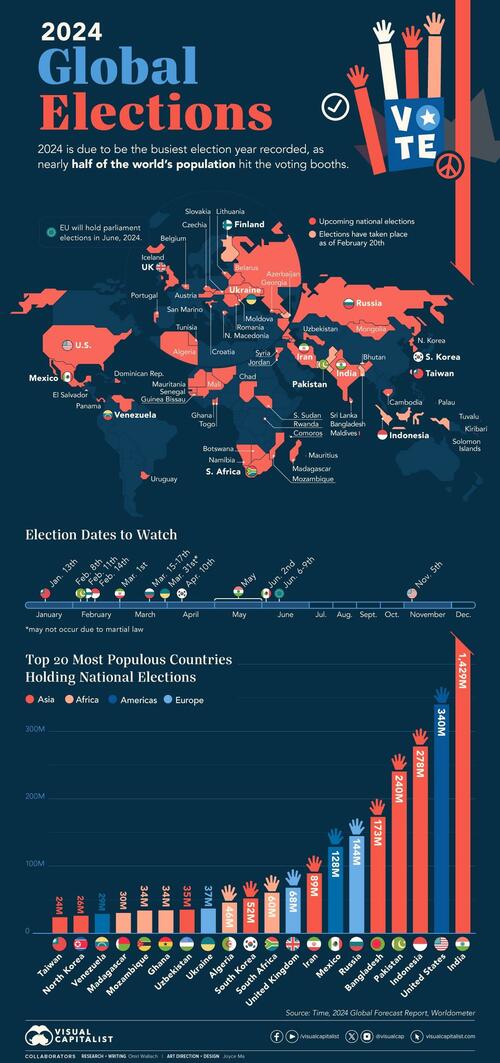

Election Fraud: How to Spot It & Fight Back
The sanctity of the ballot box is a cornerstone of democracy. Yet, the specter of election fraud, whether through malicious intent or unintentional error, casts a long shadow over the electoral process. Understanding how fraud manifests, recognizing its subtle signs, and knowing how to combat it are crucial for maintaining a fair and representative government. This article delves into the multifaceted world of election fraud, offering practical strategies for detection and deterrence.
Types of Election Fraud: A Kaleidoscope of Deception
Election fraud isn’t a monolithic entity; it’s a chameleon, adapting its form to exploit vulnerabilities within the system. Let’s explore some key types:
1. Voter Fraud: This encompasses various illegal acts aimed at manipulating the voting process itself.
- Intimidation: Coercing voters to cast ballots against their will or preventing them from voting altogether.
- Impersonation: Posing as another voter to cast a fraudulent ballot.
- Multiple Voting: Casting ballots in more than one jurisdiction or under multiple identities.
- Ballot Harvesting: Illegally collecting and submitting absentee ballots on behalf of others.
2. Election Official Misconduct: Those entrusted with running elections can unfortunately abuse their power.
- Ballot Stuffing: Adding fraudulent ballots to the legitimate count.
- Manipulating Vote Counts: Altering the official tallies to favor a specific candidate.
- Voter Registration Fraud: Falsely registering ineligible voters or purging legitimate registrations.
3. Systemic Issues: These are flaws in the electoral system itself, unintentionally opening the door to fraud.
- Poorly Secured Voting Machines: Machines susceptible to hacking or manipulation.
- Lack of Transparency: A lack of verifiable audits and transparent vote counting processes.
- Inefficient Voter Registration Systems: Outdated systems that are prone to errors and manipulation.
Spotting the Telltale Signs: Unmasking the Deceit
Recognizing election fraud requires a keen eye and an understanding of potential irregularities. Look for these red flags:
- Unusually High Turnout: A significantly higher turnout in a specific precinct or demographic than expected.
- Discrepancies in Voter Registration: Significant inconsistencies between registered voters and actual voters.
- Suspicious Voting Patterns: Unexpected shifts in voting patterns within specific areas or demographics.
- Lack of Transparency in the Counting Process: Limited access to observers, opaque counting methods, or unexplained delays in results.
- Anomalous Voting Machine Behavior: Unusual malfunctions or inconsistencies in voting machines.
Fighting Back: Protecting the Integrity of the Vote
Combating election fraud requires a multi-pronged approach:
1. Vigilance and Observation: Become an informed citizen, monitor the election process, and report any suspicious activity to the appropriate authorities.
2. Strengthening Election Security: Advocate for improved voting machine security, stronger voter identification laws, and robust auditing processes.
3. Promoting Transparency: Demand transparent and verifiable vote counting procedures and easy access to election results.
4. Supporting Election Integrity Organizations: Many organizations work to monitor elections and fight against fraud; consider supporting their efforts.
5. Educating Voters: Encourage others to understand their rights and responsibilities as voters, and to participate in the democratic process.
A Summary of Key Indicators
| Indicator Category | Specific Sign | Implication |
|---|---|---|
| Voter Fraud | Sudden spike in absentee ballots | Potential for ballot harvesting or impersonation |
| Election Official Misconduct | Unusually high number of rejected ballots | Potential for ballot stuffing or manipulation |
| Systemic Issues | Voting machine malfunctions reported widely | Potential for systemic vulnerabilities |
Combating election fraud is a continuous process. By remaining vigilant, actively participating, and demanding accountability, we can safeguard the integrity of our elections and uphold the principles of a fair and representative democracy. The fight for a secure and honest electoral system is a collective responsibility, demanding the participation and commitment of every citizen.

Additional Information
Election Fraud: A Deeper Dive into Detection and Countermeasures
The fight against election fraud requires a multifaceted approach extending beyond simple identification. While seemingly straightforward, detecting and combating this threat necessitates a deep understanding of various methodologies, vulnerabilities, and the legal frameworks surrounding them. This analysis delves into the nuances of election fraud, expanding on methods of detection, highlighting vulnerabilities, and exploring effective countermeasures.
Beyond the Obvious: Types and Tactics of Election Fraud
The term “election fraud” encompasses a broad range of activities, extending beyond the commonly perceived image of ballot stuffing. We can categorize fraudulent activities as follows:
-
Ballot Box Stuffing/Theft: This classic method involves illegally adding ballots to the count or stealing ballot boxes outright. While brazen, it’s relatively easily detectable with proper chain-of-custody procedures and robust voter turnout analysis. For instance, unexpectedly high turnout in a specific precinct compared to historical data can be a red flag.
-
Voter Registration Fraud: This can involve registering ineligible voters (e.g., deceased individuals, non-residents, or those already registered elsewhere) or manipulating existing voter rolls (e.g., purging legitimate voters). The 2018 North Carolina election saw a significant number of fraudulent voter registration applications, leading to criminal charges. [Source: Cite relevant news articles or legal documents]. The use of sophisticated data analytics, comparing registration databases with other government records (driver’s licenses, death certificates), can significantly mitigate this risk.
-
Voter Intimidation & Suppression: These tactics aim to discourage eligible voters from participating. This can range from subtle threats to overt violence, or manipulating polling locations to make access difficult for specific demographic groups. The Shelby County v. Holder Supreme Court case significantly impacted the enforcement of provisions related to voter suppression. [Source: Cite the case details and relevant legal analysis]. Careful monitoring of voting access, coupled with robust legal protections against intimidation, are essential.
-
Improper Vote Counting & Tabulation: This encompasses errors in manual counting, malfunctioning voting machines, and deliberate manipulation of electronic vote-counting systems. The 2000 Florida presidential recount highlighted the vulnerability of manual recounts and the importance of standardized counting procedures. [Source: Cite relevant reports on the 2000 Florida recount]. The implementation of robust audit trails, post-election audits (risk-limiting audits), and the use of independently verifiable voting machines are critical safeguards.
-
Campaign Finance Violations: While not directly affecting the ballot count, illegal campaign donations and spending can exert undue influence on the election outcome and undermine democratic principles. Regulations and enforcement mechanisms are crucial here. [Source: Cite examples of high-profile campaign finance violations and their consequences].
Advanced Detection Methods: Leveraging Technology and Data Analysis
Detecting sophisticated forms of election fraud requires moving beyond simple observation. Advanced techniques include:
-
Data Analytics & Anomaly Detection: Analyzing voting patterns, turnout rates, and demographic data using statistical methods can identify anomalies suggestive of fraudulent activity. Machine learning algorithms can be trained to detect unusual voting patterns that may indicate manipulation.
-
Blockchain Technology: Blockchain’s immutable ledger could potentially provide increased transparency and security in vote recording and counting, although implementing it at scale presents significant technical and logistical challenges.
-
Digital Forensics: Examining voting machines and related systems for evidence of tampering or malware is crucial. This requires specialized expertise and sophisticated tools.
Fighting Back Effectively: A Multi-pronged Approach
Combating election fraud isn’t solely the responsibility of election officials. It requires a collective effort involving:
-
Strengthening Election Laws & Regulations: Updating laws to address emerging forms of fraud, enhancing penalties for violations, and ensuring adequate resources for enforcement are paramount.
-
Improving Voter Education & Engagement: Educating citizens about their voting rights, the process, and how to identify potential irregularities fosters participation and helps detect suspicious activities.
-
Investing in Secure Election Infrastructure: Upgrading voting machines, implementing robust audit trails, and ensuring secure storage and transportation of ballots are crucial investments.
-
Promoting Transparency & Accountability: Making election processes transparent and accessible to the public, along with independent audits, increases accountability and trust.
-
Enhancing Cybersecurity Measures: Protecting election systems from cyberattacks and ensuring the integrity of data is a critical aspect of maintaining election security.
Conclusion:
Election fraud, in its diverse forms, poses a significant threat to democratic processes. Combating it effectively requires a multi-faceted approach that combines robust legal frameworks, advanced technological tools, and active citizen engagement. By proactively addressing vulnerabilities and implementing comprehensive countermeasures, we can safeguard the integrity of elections and strengthen the foundations of democratic governance. Further research and development in areas such as blockchain technology and advanced data analytics are essential to enhancing election security in an increasingly complex digital landscape.







